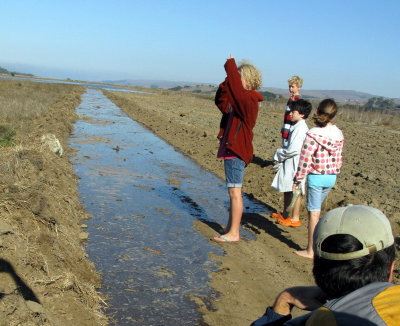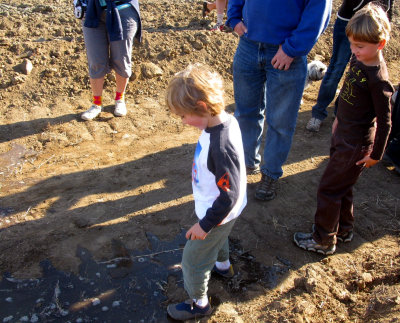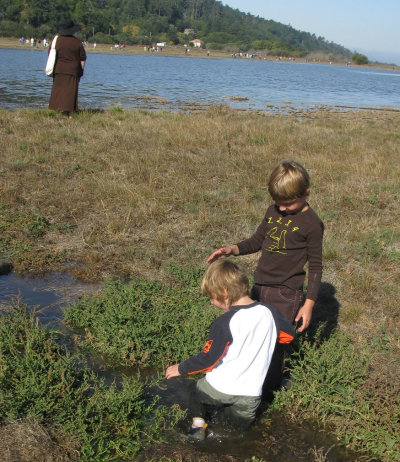The first time I heard the song, “Going in the Right Direction,” by Robert Randolph and the Family Band, I thought this lyric sounded familiar:
I was lost
I thought the losing dice were tossed
Wracking my brain for a minute produced the answer: it’s also a lyric from the song, “Just In Time,” an old standard from mid-century.
Part 2.
Out of the blue several days ago, Andrea calls me and asks whether she should buy a group of discounted tickets to an upcoming Cal Bears game. “College football?” I asked. (I was right.) I said sure — it’d be fun to take the boys, and maybe a friend or two, not that it had ever occurred to us before to go see a live football game. We’re baseball people (and we barely manage even to see that once a year).
Part 3.
Our friends Michael and Julia are buying a house! I’d previously offered my help moving their belongings when the time came. But when the time did come, it coincided with the Cal Bears game. “I can help later in the day,” I told them apologetically, “but meanwhile, if it helps, we can take your son (Jonah’s friend) to the football game with us so he doesn’t get in the way.” Oh my God, came the reply: their son is already scheduled to go with his aunt to the same game. This, from another family that has exhibited no particular interest in football before now.
Part 4.
Driving home from Point Reyes this afternoon, the song, “Going in the Right Direction” comes up in my thousand-song MP3 shuffle. As usual I idly try to remember the name of that other song that has the same lyric, but this time I draw a blank and then forget all about it. The very next song that plays is a Mel Tormé rendition of “Just In Time.” I am gobsmacked. I explain the coincidence to Andrea. She hears the identical lyrics. Shrugs. I do the verbal equivalent of grabbing her by the shoulders and shaking her, but she is unimpressed despite the long odds.
My only explanation is that she has coincidence fatigue from the business with the Cal Bears tickets.





 Several weeks ago, I made plans to travel to Pittsburgh with my family on
Several weeks ago, I made plans to travel to Pittsburgh with my family on